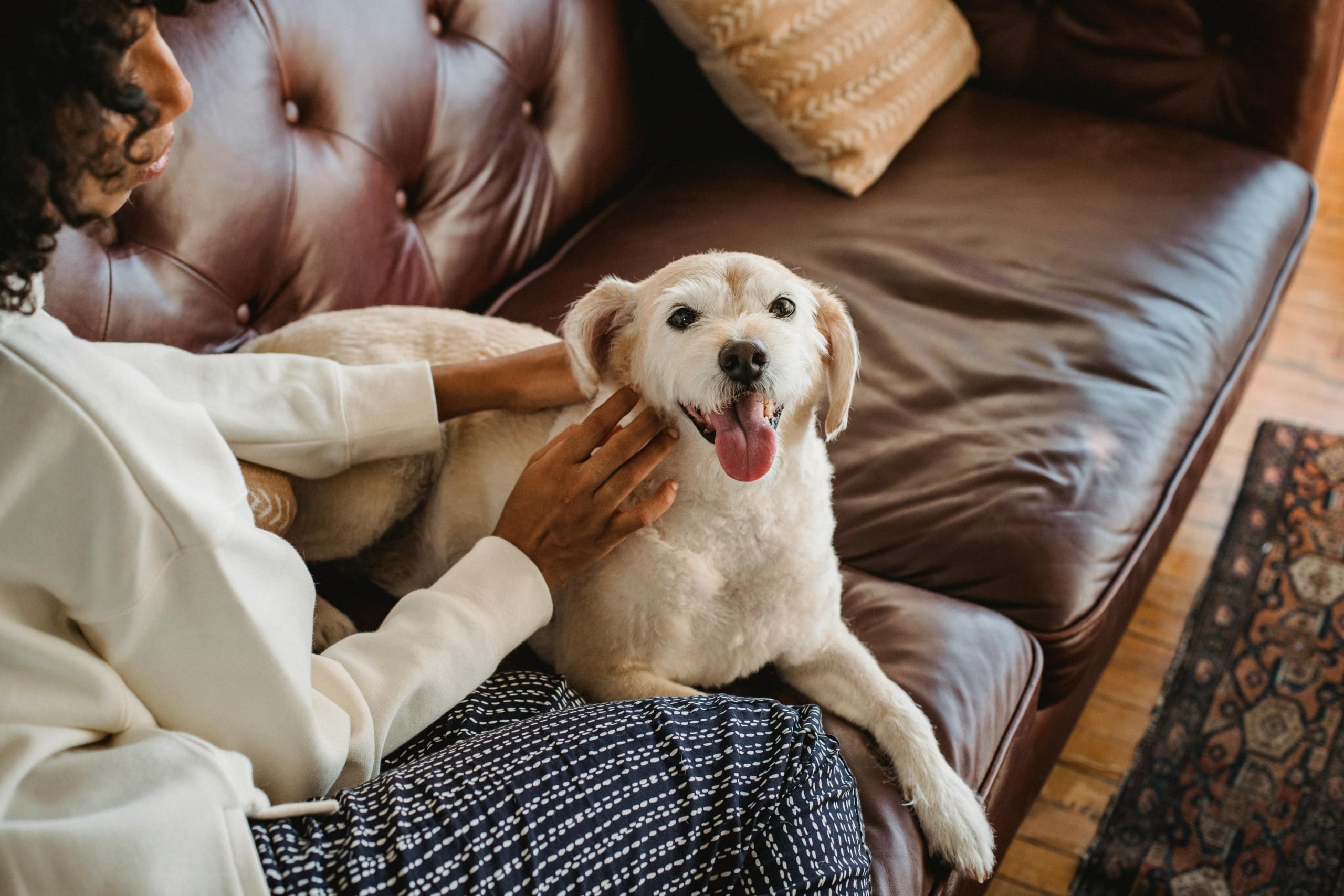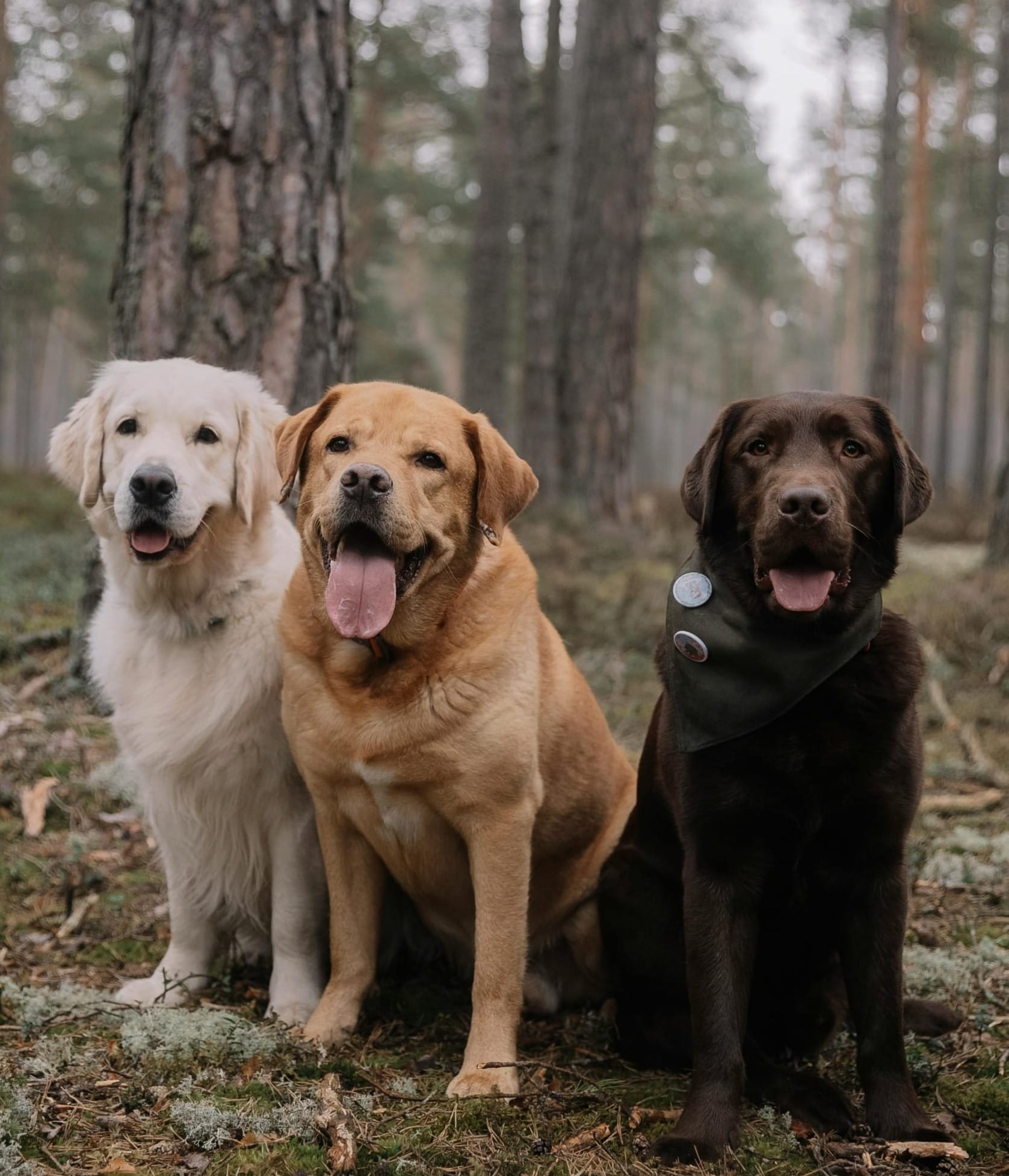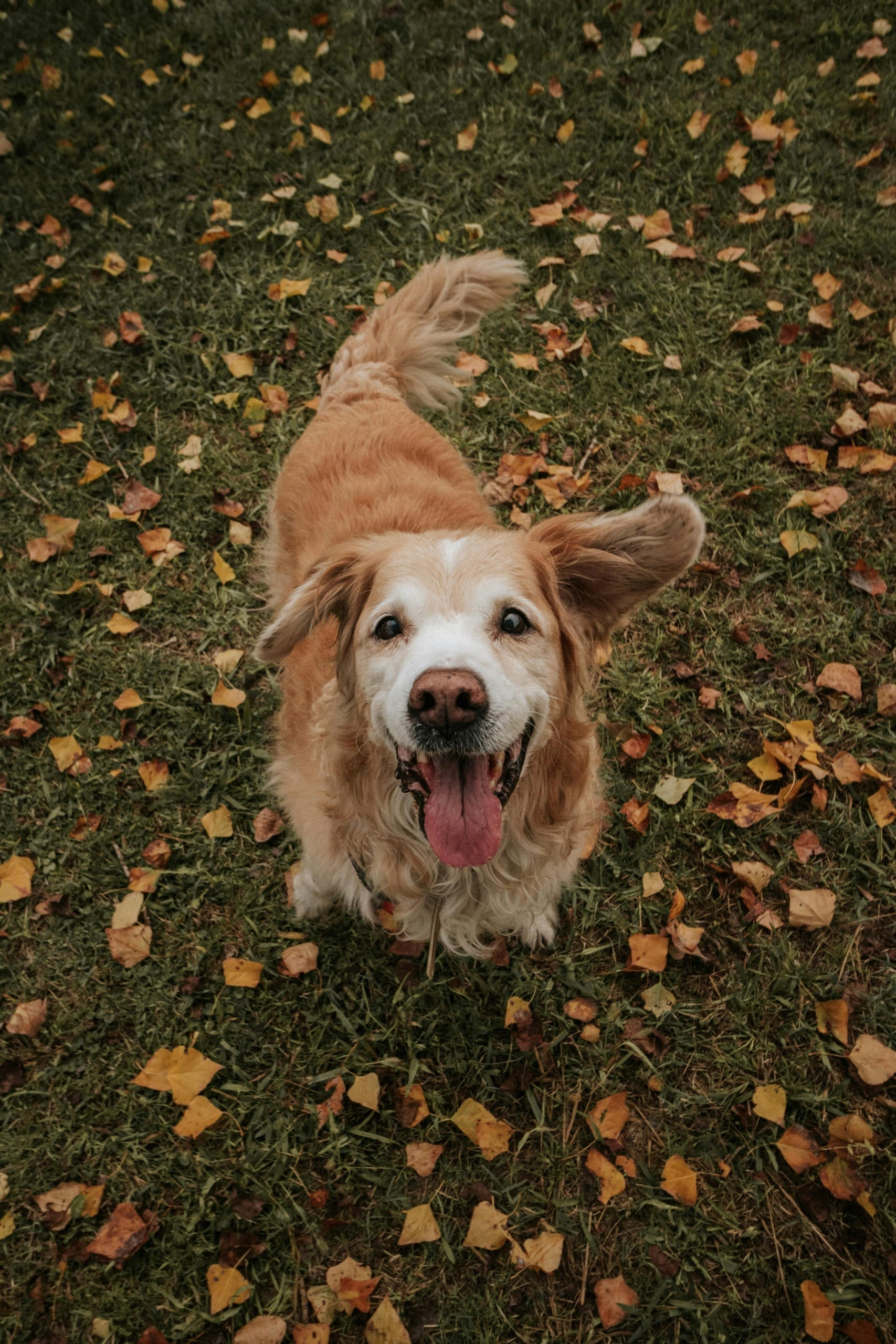Myth busting: limping is NOT normal. If your dog has an unusual gait, don’t ignore it!
Early Signs of OA:
- Unexplained mood or temperament changes
- Less active or hesitant to play
- Intermittent limping
- Sitting unevenly or with abnormal posture
- Panting, licking joints, or new fears
- Hesitating on stairs or jumping
More Advanced Signs of OA:
- Constant limping or stiffness
- Difficulty standing, sitting, or moving
- Reluctance to exercise
- Sleeping more than usual
- Increased aggression (due to pain)
- Loss of appetite







